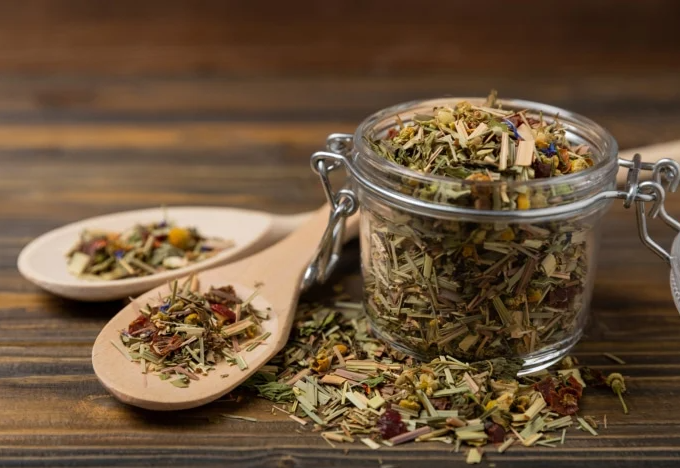






The Historical Uses of Herbs and Their Evolution Over Time
Herbs have been intertwined with human health and spirituality for thousands of years, serving as food, medicine, and ritual tools across diverse cultures. From ancient Egypt and traditional Chinese medicine to medieval European apothecaries, plants have always played an essential role in healing. Over time, herbalism has evolved, adapting to scientific advancements and changing cultural beliefs, yet its foundation remains deeply connected to nature.
Ancient Beginnings: The Roots of Herbal Medicine
The earliest recorded uses of herbs date back to ancient civilizations where plants were revered not just for their physical healing properties but also their spiritual significance. Some of the most notable early uses include:
- Ancient Egypt: Egyptians used herbs like garlic, juniper, and myrrh for everything from digestion to embalming. Inscriptions on temple walls and ancient papyri, such as the Ebers Papyrus from 1500 BCE, document hundreds of herbal recipes and cures, highlighting the Egyptians' sophisticated understanding of plants.
- Traditional Chinese Medicine (TCM): Chinese herbalism, documented as early as the Shennong Bencao Jing (c. 200 CE), is one of the world’s oldest systems of herbal medicine. It revolves around the balance of yin and yang energies, with herbs like ginseng and ginger used to restore harmony in the body.
- India and Ayurveda: In India, Ayurveda, a holistic healing system, dates back over 3,000 years. Herbs such as turmeric, ashwagandha, and neem are still widely used today. Ayurvedic medicine emphasizes balance within the body and between humans and nature.
Medieval Herbalism: The Rise of the Apothecary
During medieval times, herbalism in Europe was both a science and an art. Monasteries often had gardens filled with medicinal herbs, and monks became skilled at creating remedies. Common herbs used included:
- Sage: Known as the “savior herb,” sage was prized for its antibacterial and anti-inflammatory properties.
- Lavender: Used as a disinfectant and mood-enhancer, lavender was often woven into daily life, both medicinally and spiritually.
- Horehound and Feverfew: These herbs were used to treat coughs, fevers, and other common ailments, with many remedies passed down through generations.
Apothecaries also emerged during this period, laying the foundation for what would eventually become the pharmacy. Herbalists in this era were seen as healers and often intertwined physical healing with spiritual practices.
The Renaissance and the Enlightenment: Moving Toward Scientific Herbalism
With the Renaissance came a surge of interest in science, botany, and medicine. Herbalists began documenting their practices more formally, merging folk knowledge with scientific inquiry. Notable texts from this period include Nicholas Culpeper’s The English Physician (1652), which provided a detailed list of herbal treatments accessible to common people.
The Industrial Revolution and the Decline of Herbalism
As the Industrial Revolution unfolded, synthetic drugs began to replace herbal remedies. The focus shifted to laboratory-made medicines as they became more standardized and easily produced. However, despite the decline in herbalism’s mainstream popularity, traditional practices continued in rural and indigenous communities.
Modern Herbalism: A Return to Natural Healing
In recent decades, there has been a resurgence of interest in herbal medicine, fueled by the wellness movement and concerns over synthetic chemicals in pharmaceuticals. Today, people are turning back to plant-based remedies, valuing their gentle, integrative approach. Modern herbalism combines ancient practices with current scientific knowledge, creating a space where herbs are studied for both their chemical properties and energetic qualities. This renaissance has brought about:
- Holistic Herbalism: Incorporating mind, body, and spirit, holistic herbalism emphasizes the entire person rather than symptoms alone.
- Scientific Validation: Many herbs, such as turmeric and echinacea, have been validated by scientific studies, helping herbalism regain credibility in the medical field.
- Integrative Medicine: Herbalism is now often combined with conventional medicine in integrative health settings, especially for wellness and preventive care.
Herbalism’s journey from ancient tradition to modern medicine reflects humanity’s enduring bond with nature. While scientific advancements have transformed how we understand and use plants, the core principles of herbalism—healing, connection to nature, and respect for the body’s natural rhythms—remain unchanged. Embracing herbalism today not only links us to our ancestral roots but also allows us to nurture our health holistically, honoring the wisdom of plants as healers.
Explore our curated selection of herbs and natural remedies to incorporate the wisdom of herbalism into your wellness journey. Reconnect with centuries of tradition, supported by today’s scientific insight.
